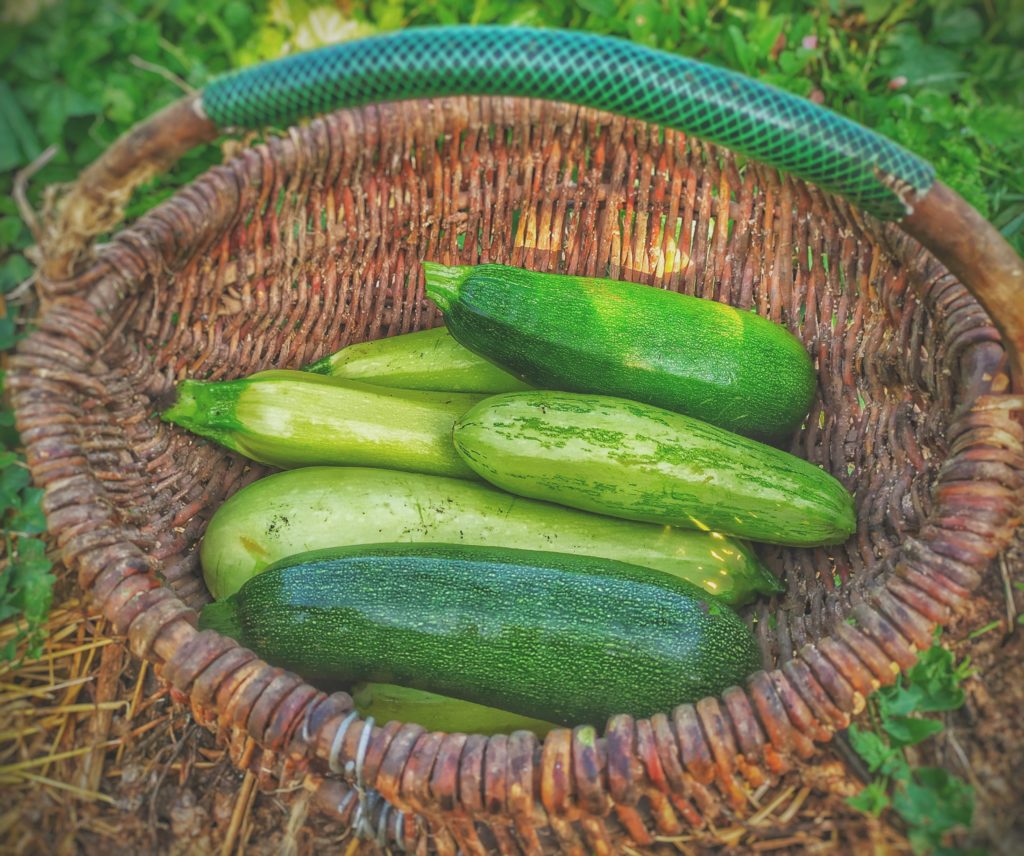If you’re a gardener, you know that zucchini is a delicious and versatile vegetable. But did you also know that zucchini plants can be finicky? In this blog post, we’ll explore some of the most common issues gardeners face when growing zucchini, as well as best practices for avoiding these problems. We’ll also discuss crop rotation, which is an important part of any zucchini plant’s care regimen.

Common Issues with Growing Zucchini.
One of the most common issues with growing zucchini is providing the proper amount of water. Too little water and the plants will wilt and the fruits will be small. Too much water and the plants can become susceptible to fungal diseases. It is important to water zucchini plants deeply and evenly, about 1-2 inches per week.
Soil Quality for Zucchini Plants.
Another common issue with growing zucchini is poor soil quality. Zucchinis require well-drained, fertile soil with a pH between 6.0 and 7.0. Adding organic matter to the soil can help improve its quality.
Pest Control for Zucchinis.
Pests can be a major problem when growing zucchini, especially if they are not controlled early on. Common pests include cucumber beetles, squash bugs, and aphids. These pests can be controlled with insecticidal soap or neem oil sprays.
How to Avoid Blossom End Rot.
Blossom end rot is a common problem when growing zucchini caused by a lack of calcium in the soil. This can be prevented by adding lime to the soil before planting and by watering regularly so that the roots have access to moisture (which helps them absorb calcium).
Best Practices for Growing Zucchinis.
Zucchini plants need about 1 inch of water per week, either from rainfall or irrigation. It’s important to water zucchinis at the base of the plant rather than overhead to avoid wetting the leaves, which can lead to fungal diseases. To check if your zucchini plants need water, poke your finger into the soil about 2 inches deep. If it feels dry, it’s time to water.
Choosing Quality Soil for Zucchinis.
Zucchinis grow best in loose, well-drained soil with a pH between 6.0 and 7.0. If your soil is too heavy or clay-like, consider amending it with organic matter such as compost or peat moss to improve drainage. You can have your soil tested by a local Cooperative Extension office to find out its pH and nutrient levels.
Organic Pest Control Solutions.
There are a number of pests that can attack zucchini plants, including squash bugs, cucumber beetles, and aphids. The best way to control these pests is through prevention, such as using row covers or growing zucchinis in raised beds with barriers (such as wood chips) around the perimeter. If pests do become a problem, there are a number of organic solutions that can be effective, such as neem oil or insecticidal soap sprays. You can also try trapping pests with yellow sticky traps or hand-picking them off of plants and dropping them into soapy water.
Ways to Promote Healthy Zucchini Blossoms
To encourage pollination and prevent Blossom End Rot (BER), make sure your zucchini plants are getting enough calcium by adding limestone to the soil before planting and side-dressing with compost during the growing season. Avoid using high-nitrogen fertilizers, which can promote leaf growth at the expense of blossoms and fruits. Hand-pollinating zucchinis is also an option if you don’t have many bees in your area. To do this, simply remove male flowers from the plant (the ones that don’t have a miniature fruit behind the petals) and rub them against the center of female flowers (ones with a small fruit).
Crop Rotation for Zucchini Plants.
Crop rotation is a great way to keep your zucchini plants healthy and productive. rotating crops helps to control pests and diseases, improve soil quality, and increase yields. Crop rotation has many benefits, but it is especially important for zucchini plants.
Zucchinis are susceptible to a number of pests and diseases, including cucumber beetles, powdery mildew, and downy mildew. By rotating your crops, you can help to prevent these problems from developing in the first place. Crop rotation also helps to improve soil quality by increasing organic matter and nutrients. This is especially important for zucchini plants because they are heavy feeders.
rotated crops also tend to have higher yields than those that are not rotated. This is because rotating crops allows each plant to receive the nutrients it needs without competition from other plants. rotating crops also helps to break up pest cycles and reduce the build-up of diseases in the soil.
Choosing Companion Plants for Zucchinis.
There are a number of different companion plants that can be used with zucchinis. Some good choices include beans, peas, corn, tomatoes, eggplants, and herbs such as basil and oregano. These plants will help to improve yield and quality while also providing some protection against pests and diseases.
How to Effectively Rotate Crops.
To get the most out of crop rotation, it is important to follow a few guidelines:
• Rotate crops on a three-year cycle if possible
• Plant zucchinis in a different location each year
• Avoid planting zucchinis in the same family as previous years’ crop (e.g., don’t plant zucchinis after eggplants)
By following these guidelines, you can ensure that your zucchini plants stay healthy and productive for years to come.

Conclusion
Overcoming common issues with growing zucchini is possible with proper care and attention. By following best practices for watering, soil quality, pest control, and blossom end rot, any gardener can successfully grow zucchini. Additionally, crop rotation is an important tool to keep in mind when planning a zucchini garden. By rotating crops each year, gardeners can ensure that their zucchinis have the best chance of success.

